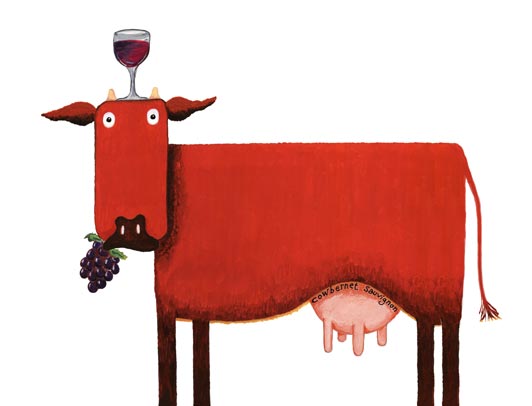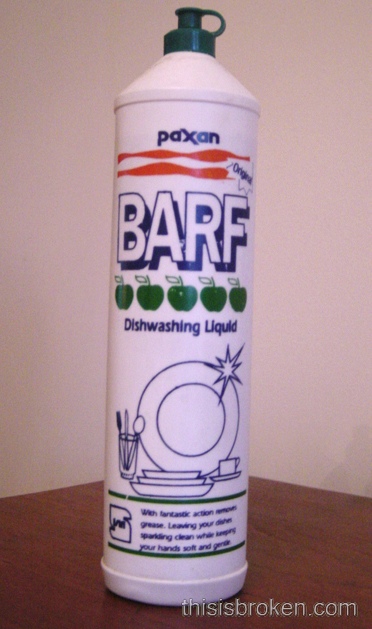The consumption of grape must from fruit that had been accidentally pressed with infected mice appeared to be the cause of a small 2016 outbreak of oropharyngeal tularemia at a winery in Germany, investigators reported in The New England Journal of Medicine.
 Animals — primarily hares, rabbits and rodents — often die in large numbers during outbreaks of tularemia, according to the CDC. Humans can become infected several ways, including through tick and deer fly bites, skin contact with infected animals or drinking contaminated water.
Animals — primarily hares, rabbits and rodents — often die in large numbers during outbreaks of tularemia, according to the CDC. Humans can become infected several ways, including through tick and deer fly bites, skin contact with infected animals or drinking contaminated water.
Six grape harvesters at a Rhineland-Palatinate winery were likely infected when they drank contaminated grape must, a juice containing seeds, stems and the skin of grapes, investigators said.
According to the report, the harvesters — two women and four men — suffered from symptoms of tularemia, including swollen cervical lymph nodes, fever, chills, difficulty swallowing and diarrhea. They tested positive for Francisellatularensis, the bacterium that causes tularemia.
The investigators discovered that wine made at another winery from grapes harvested by the same mechanical harvester used at the winery involved in the outbreak also tested positive, “a finding that suggests that the harvester was the source of cross-contamination,” the investigators wrote. They said vintners confirmed that mice were occasionally collected by the harvesters, along with grapes.
“This outbreak suggests that mechanical harvesting can be a risk factor for the transmission of zoonoses such as tularemia and that raw food stuffs should be treated before consumption,” they wrote. “All contaminated products were confiscated and their sale prohibited by public health and other local authorities.”




 The Southland Times newspaper
The Southland Times newspaper  After reading this report, one might conclude that eating raw cookie dough is OK as long as it’s followed by a glass of red wine. But what do the researchers really have to say?
After reading this report, one might conclude that eating raw cookie dough is OK as long as it’s followed by a glass of red wine. But what do the researchers really have to say?